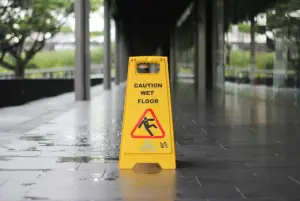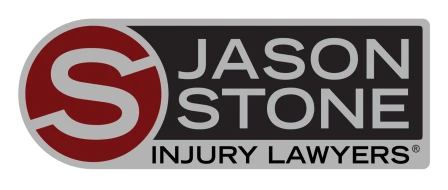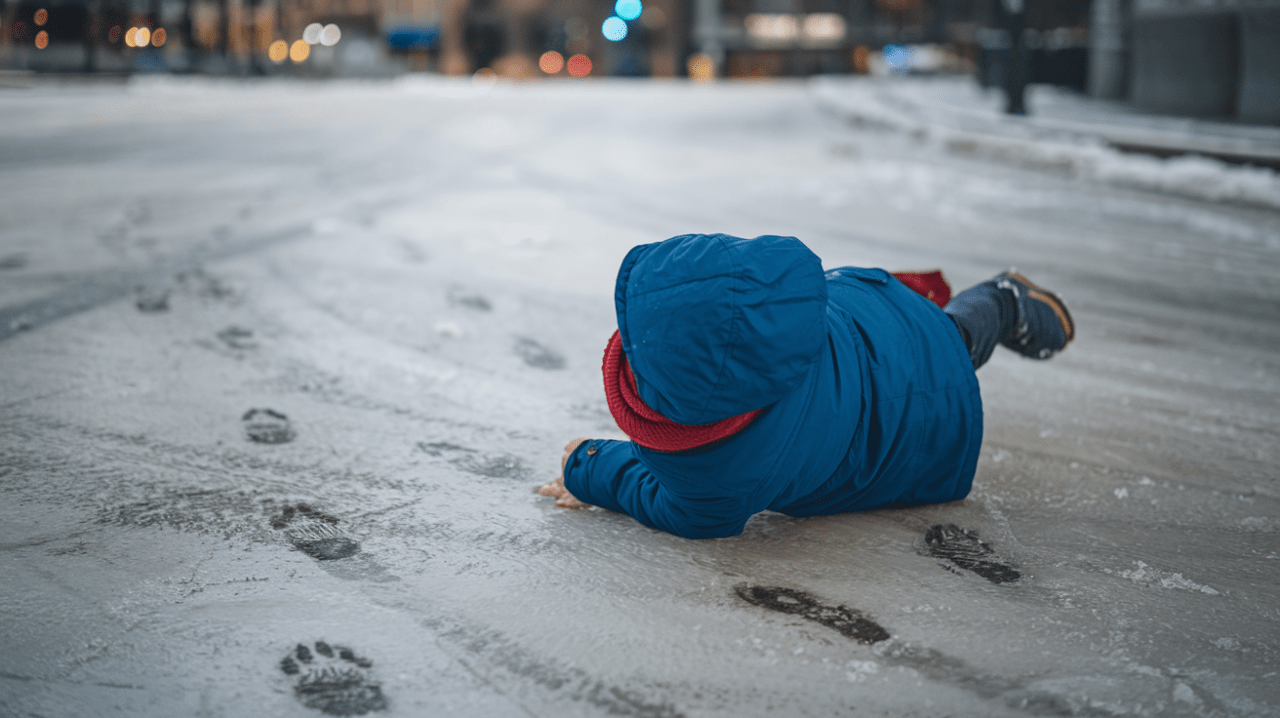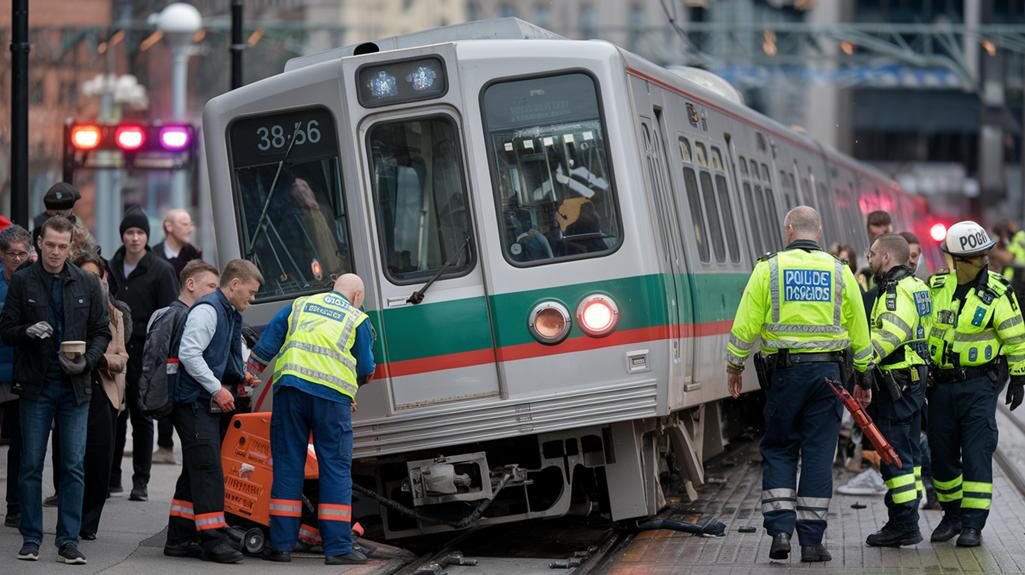 When you sustain injuries as a result of slipping, tripping or falling on someone else’s property, you naturally want the property owner to pay for your medical and other expenses and losses. You also naturally want that to happen as quickly as possible since your bills likely are skyrocketing.
When you sustain injuries as a result of slipping, tripping or falling on someone else’s property, you naturally want the property owner to pay for your medical and other expenses and losses. You also naturally want that to happen as quickly as possible since your bills likely are skyrocketing.
Unfortunately, however, “as quickly as possible” can diverge widely depending on a number of factors. Let’s look at a few of them.
Settlement Factors
Each settlement negotiation process between a slip-and-fall lawyer and the attorneys representing the property owner’s insurance company is unique to the specific accident and resulting injuries. Generally, the factors involved can be broken down into three areas:
- Injury factors
- Recovery factors
- Miscellaneous
Injury Factors
This area deals with things that have already happened and answers such questions as the following:
- What type of injury did you sustain?
- How serious was it?
- Did it require hospitalization?
- What parts of your body did it affect?
- Did it require you to miss work?
- If so, how long have you already been off work?
Recovery Factors
This area deals with things likely to happen in the future and answers such questions as the following:
- Will your injuries require post-hospital treatment and care?
- Will they disable you in any way?
- Will they leave permanent scars?
- Are you likely to ever fully recover?
- Are you likely to have continuing nightmares, flashbacks, anxiety, depression and other symptoms ot PTSD?
- Will you be able to go back to your job?
- If not, will you likely be able to find similar employment for a similar salary or wage?
Miscellaneous Factors
Additional factors include such things as the following:
- Which insurance company represents the property owner?
- How much is it willing to pay?
- What level of negotiation skills does your lawyer possess?
- In what state and county did your accident occur?
Slip-and-Fall Statistics
Statistics from such agencies as the National Safety Council, the Centers for Disease Control and Prevention, and the Occupational Safety and Health Administration reveal the following startling facts about slips, trips and falls:
General
Slip-and-fall accidents are far more common — and serious — than most people realize. Consider the following:
- Each year, over 9 million U.S. residents seek emergency room treatment for injuries related to falls.
- Of these, more than 800,000 must be admitted to the hospital for further treatment.
- Falls account for approximately one-third of all nonfatal injuries.
- They represent the leading cause of traumatic brain injuries.
- They cause over 95% or all hip fractures.
- The number of slip-and-fall lawsuits filed in the U.S. each year is exceeded only by the number of personal injury lawsuits filed as the result of motor vehicle accidents.
Workplace
In the workplace, slips, trips and falls are the most frequently reported types of on-the-job accidents. Other workplace statistics include the following:
- The average worker must miss 11 days of work after a fall.
- Nearly one quarter of workers who fall must miss over 31 days of work.
- Construction workers face the highest risk for falling of any industrial group.
- Over 60% of nonfatal workplace slips, trips and falls occur in the retail, wholesale and services sectors.
Fatalities
Whether occurring on the job, on private property or on public property, slips, trips and falls frequently result in death. Fatality statistics include the following:
- In the U.S., slips, trips and falls kill 30,000 people annually.
- This translates to 15% of all accidental U.S. deaths.
- Every 19 minutes, an older adult dies from injuries sustained in a fall.
- By 2030, experts predict that 162 older adults will die each day from a fall-related injury, totaling 59,000 such deaths each year.
Nonfatal Injuries
In terms of nonfatal, but nevertheless painful and possibly serious, injuries you can sustain in a slip-and-fall accident, these include the following common injuries:
- Broken bones
- Spinal cord injuries
- Neck and shoulder injuries
- Ligament tears, particularly in your shoulders and knees
- Strains and sprains, particularly of your wrists and ankles
- Cuts and abrasions
Dangerous Conditions
As your parents probably warned you while you were growing up, danger lurks virtually everywhere you go. The dangers possibly present on someone else’s property include such things as the following:
- Slippery floors
- Torn carpeting
- Poorly lit halls and stairwells
- Cracked or uneven sidewalks
- Ice- or snow-covered steps, sidewalks and parking lots
- Improperly secured swimming pools
Where Slips, Trips and Falls Most Frequently Occur
While you can slip and fall almost anywhere, these types of accidents occur most frequently in the following places:
- Stores
- Restaurants
- Offices
- Hotels
- Parking garages and lots
- Hospitals and nursing homes
- Parks
Duty of Care
In general, property owners and their managers and employees owe you and other members of the public the duty to maintain their property in a reasonably safe and hazard-free condition. This duty, however, does not mean that they have the responsibility of preventing all possible accidents from occurring. As a visitor to the property, you have the duty to avoid any obvious dangers present.
Establishing Liability
Specifically, your lawyer must be able to prove at least one of the following to be in a strong bargaining position during settlement negotiations or, if necessary, to prevail at trial:
- The property owner, or his or her manager or employee, knew or should have known that the hazard over which you slipped, tripped or fell existed.
- He or she actually knew about the hazard, but either did not repair it at all or failed to adequately repair it.
- He or she failed to adequately warn of the hazard, such as by failing to enclose it or put up a warning notice.
- He or she should have known about the hazard because any reasonable person in his or her position would have.
- He or she caused the hazard.
Negligence Elements of Proof
Most slip-and-fall lawsuits proceed under the theory of negligence, meaning the following:
- The defendant owed you a duty of care.
- He or she breached that duty.
- As a result of his or her breach, you suffered injuries.
- The breach represented the proximate, that is, the most immediate or important, cause of your injuries.
- Your injuries resulted in compensable damages, i.e., losses, for which the defendant should compensate you.
Reasonable Person Standard
In any negligence-based lawsuit, including those for slip-and-fall injuries, the defendant is held to what’s known as the reasonable person standard. This standard basically stands for the proposition that the defendant’s duty of care consists of what any reasonable person in the same or similar capacity and situation would do in order to prevent harm to others.
The Legal Help You Need and Deserve
Now that you know some of the complexities involved in a slip-and-fall situation, and therefore why the settlement of your case could take several months, your next “job” is to find the experienced, local personal injury attorney who’s right for you. Know that the team at Jason Stone Injury Lawyers is ready and available to assist you with your claim.
Who is Jason Stone Injury Lawyers? The premier personal injury law firm in New England. Over the years, our team of dedicated lawyers has established the reputation of persistent, aggressive and enthusiastic representation of our clients that serves us well both when negotiating with insurance companies and when conducting full-blown trials.
As part of our Stone Cold Guarantee, when you contact us for your free initial sit-down consultation, we guarantee that There’s No Obligation, Just Information®.
Not Trusting What You’re Being Told?
Better Phone Stone
800-577-5188
 START MY NO OBLIGATION CONSULTATION
START MY NO OBLIGATION CONSULTATION











